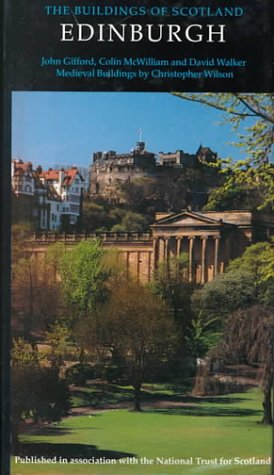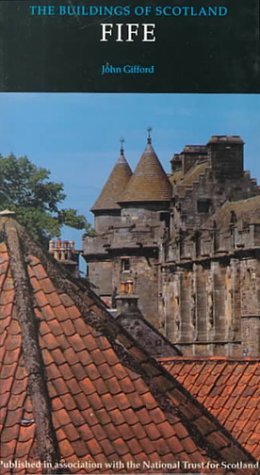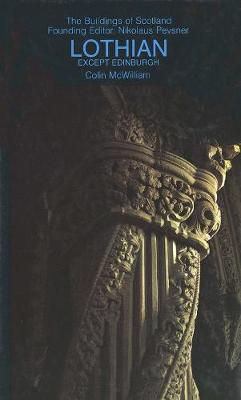Pevsner Architectural Guides: Buildings of Scotland
3 total works
Briefly traces the development of the city, describes buildings of historic and architectural significance, and includes information about architects and architectural terms and styles.
This illustrated guidebook to Fife features all of the noteworthy buildings and places, famous or unknown, from pre-history to present day. It is intended for visitors, specialists who wish to see buidings not usually accessible and for residents with an interest in their region. This title is the third in the projected 11 volume "Buildings of Scotland" series, following "Lothian" and "Edinburgh".
Lothian boasts some of Scotland's most picturesque villages and fine Georgian towns, but its architectural history goes back to the twelfth century. The introduction of monastic orders and the establishment of the parish churches has left examples at Dalmeny and Tyninghame. Lothian also has fine church buildings of the fifteenth and sixteenth centuries while schisms within the Reformed religion are reflected in a variety of lesser churches. Tower-houses are reminders of war and conflict and of the power struggles of the nobility, poignantly expressed in the ruins of Linlithgow Palace. More peaceful and prosperous years, both before and after the Act of Union, produced large estates and a series of fine classical mansion houses - Newhailes, Yester House, Dalkeith - while the grandiloquent Hopetoun, Newliston and Gosford House testify to the genius of the Adams, father and sons. Where Tantallon, Dirleton and other early castles were defensive, their successors of the eighteenth and nineteenth centuries, such as Dalmeny and Dalhousie, are unashamedly romantic. Lothian's achievements of the Industrial Revolution range form the simplicity of Telford's Lothian Bridge to the dramatic and celebrated spans of the Forth Rail Bridge.


